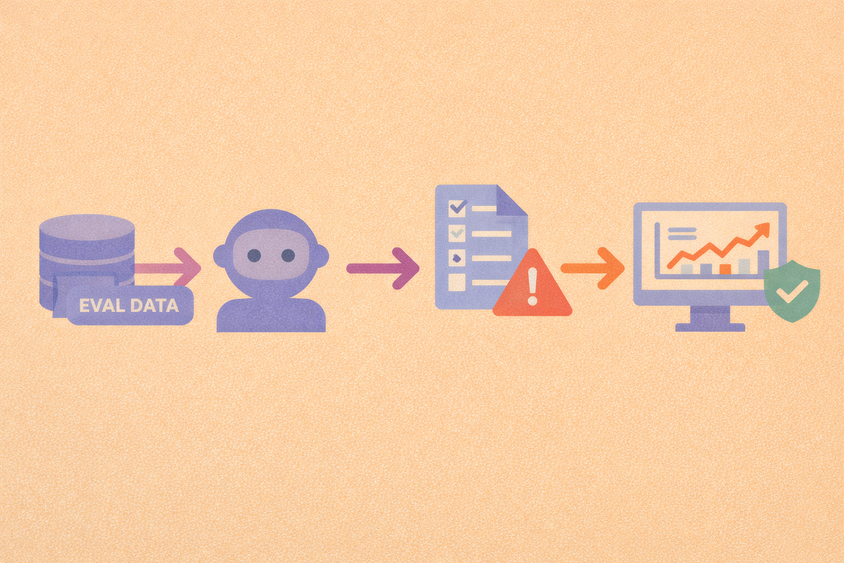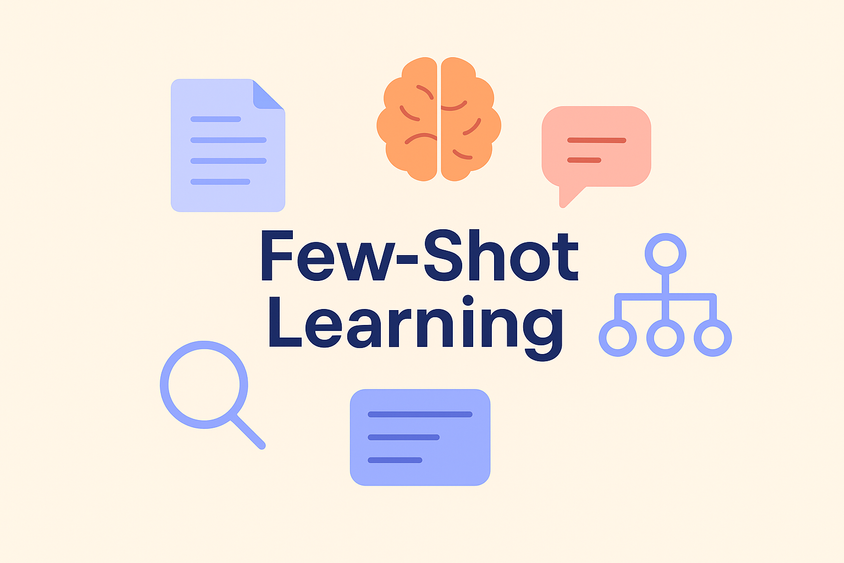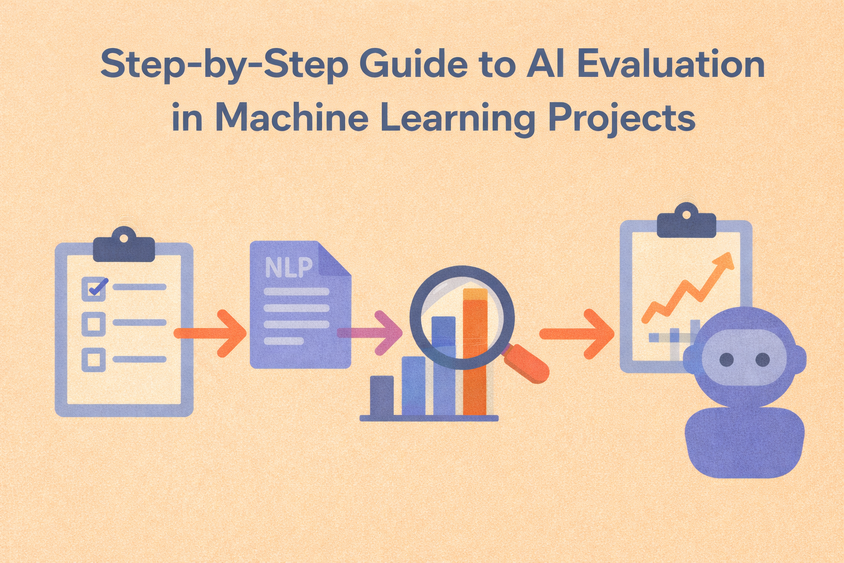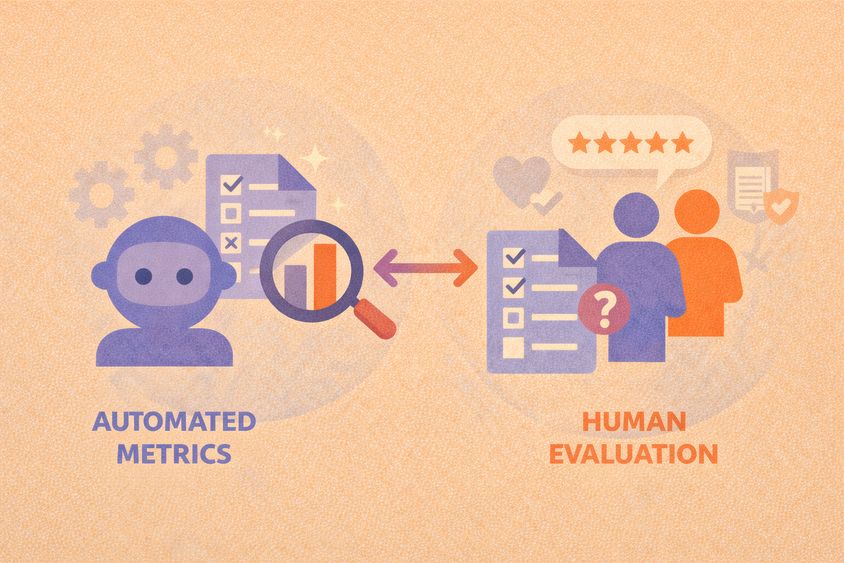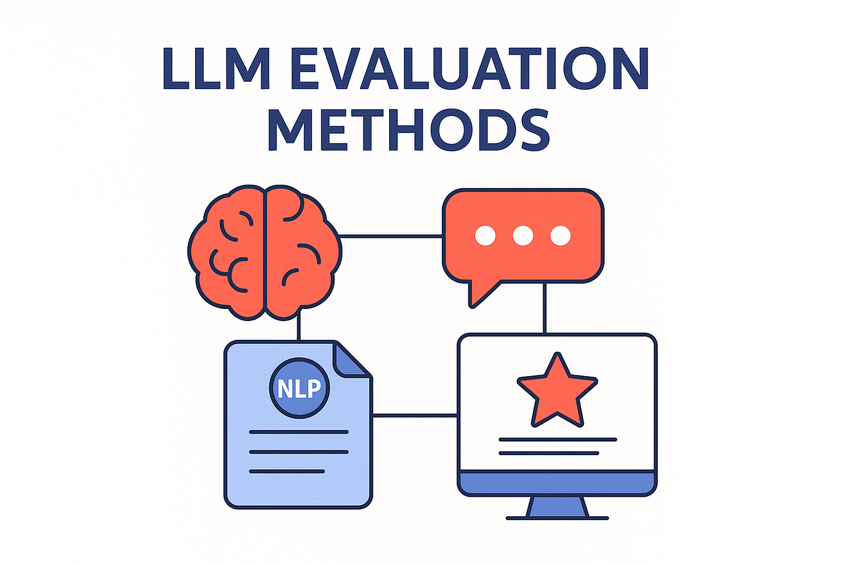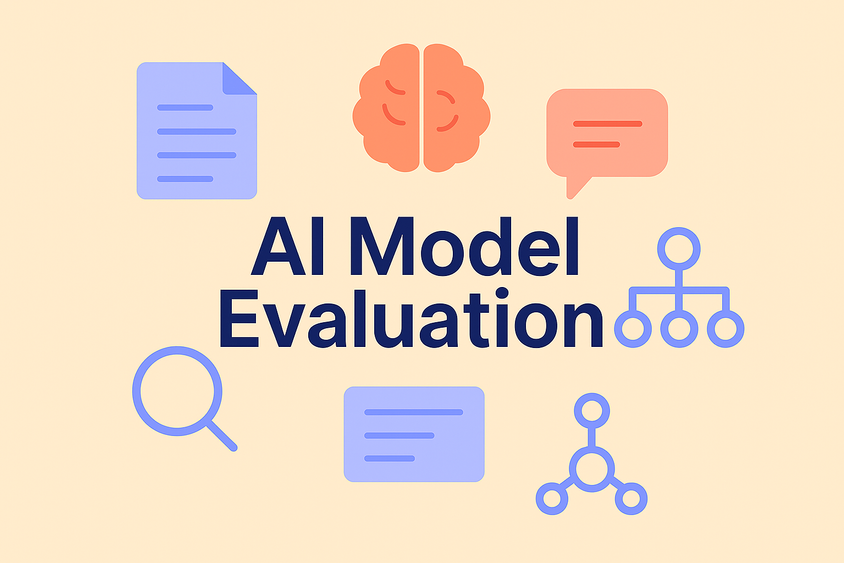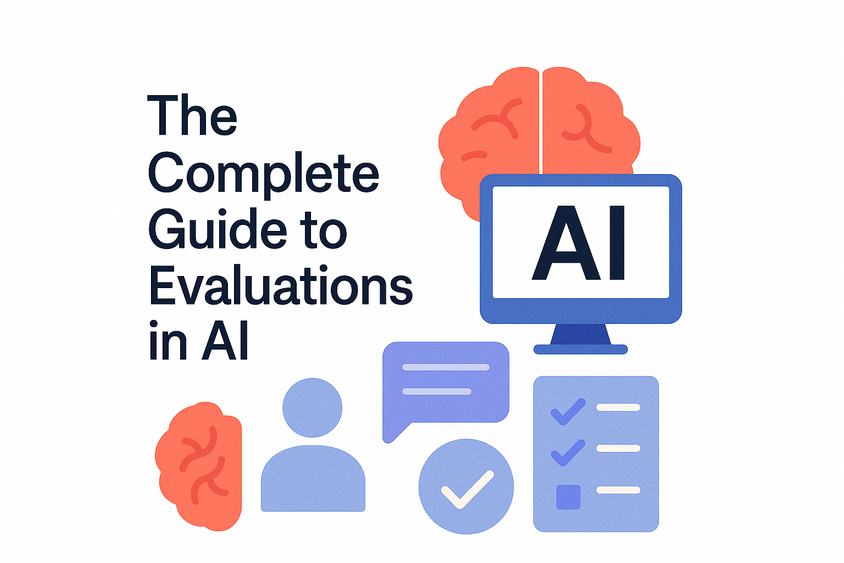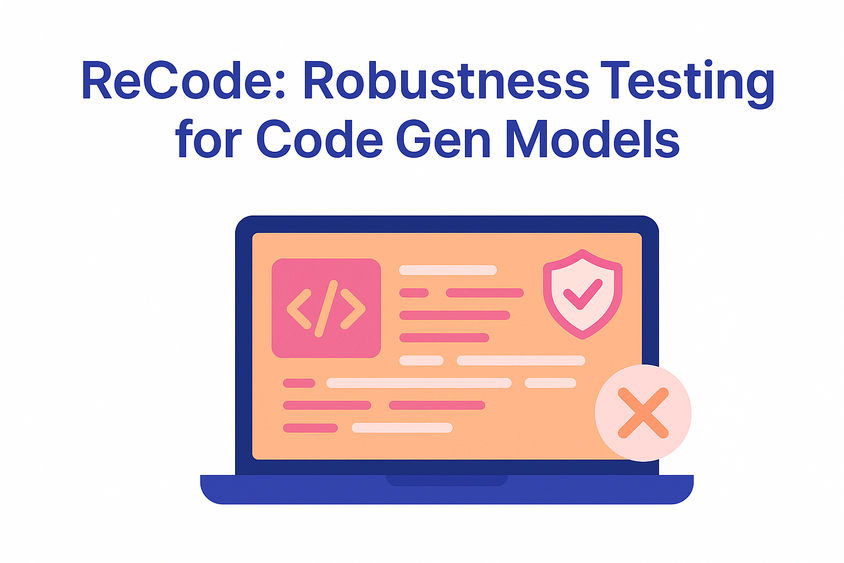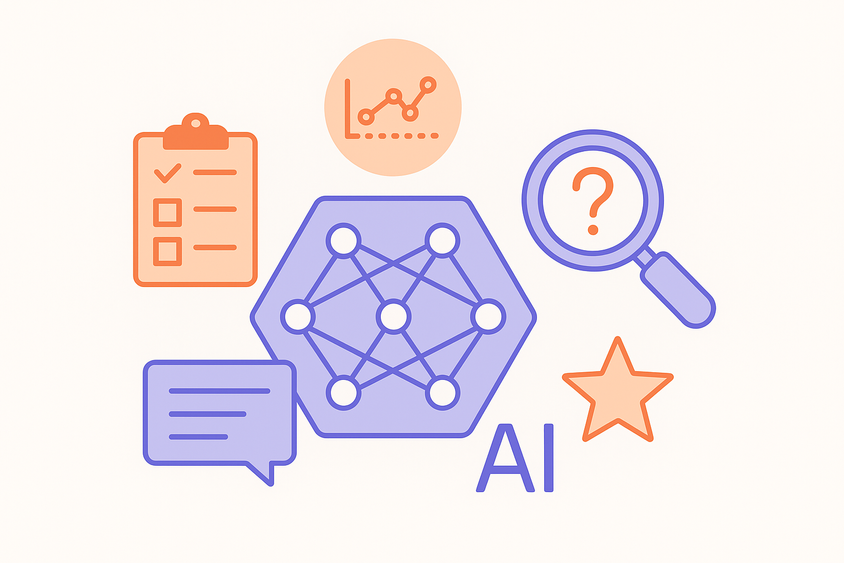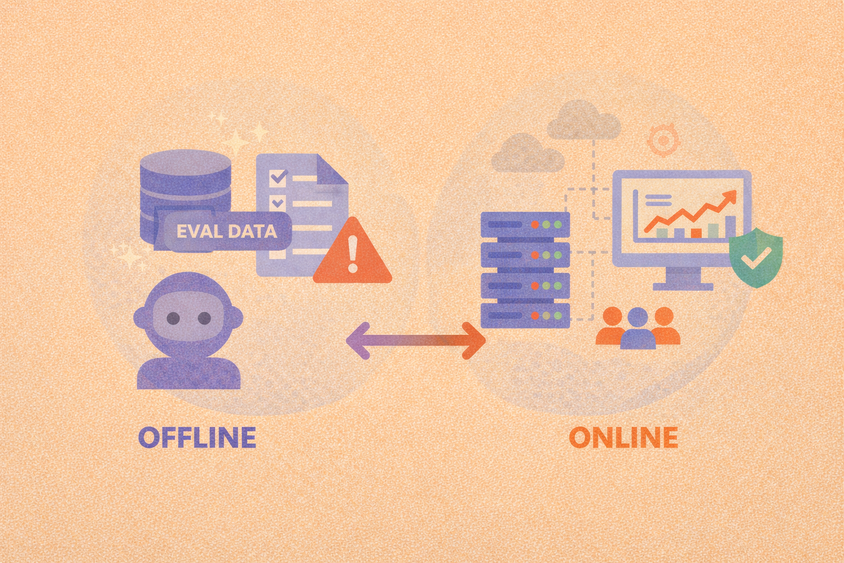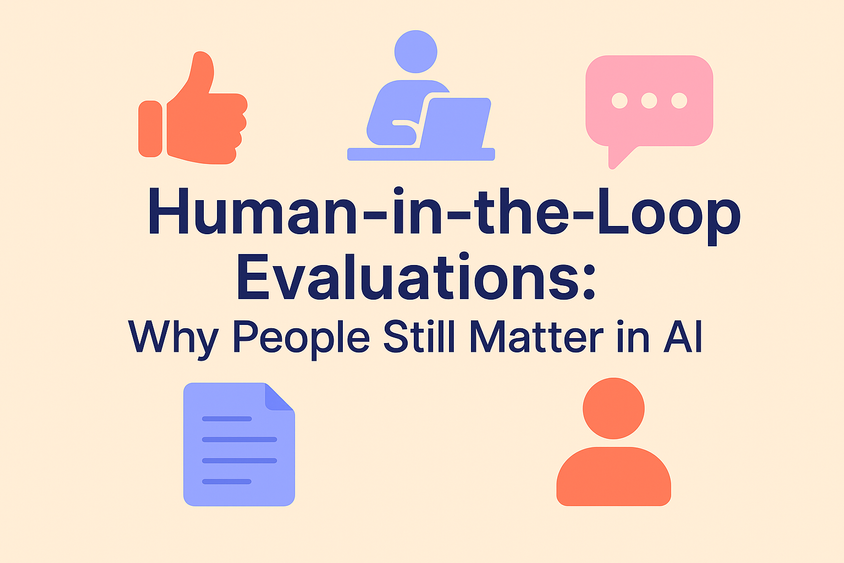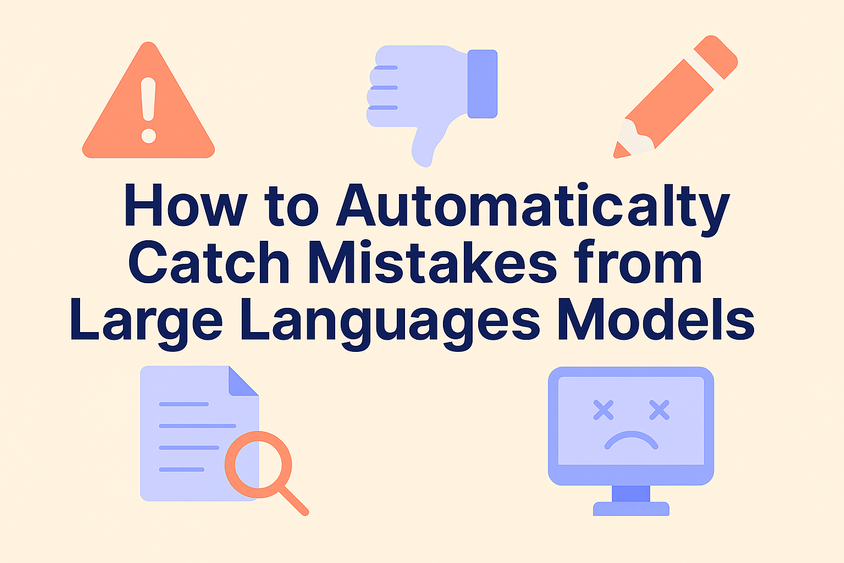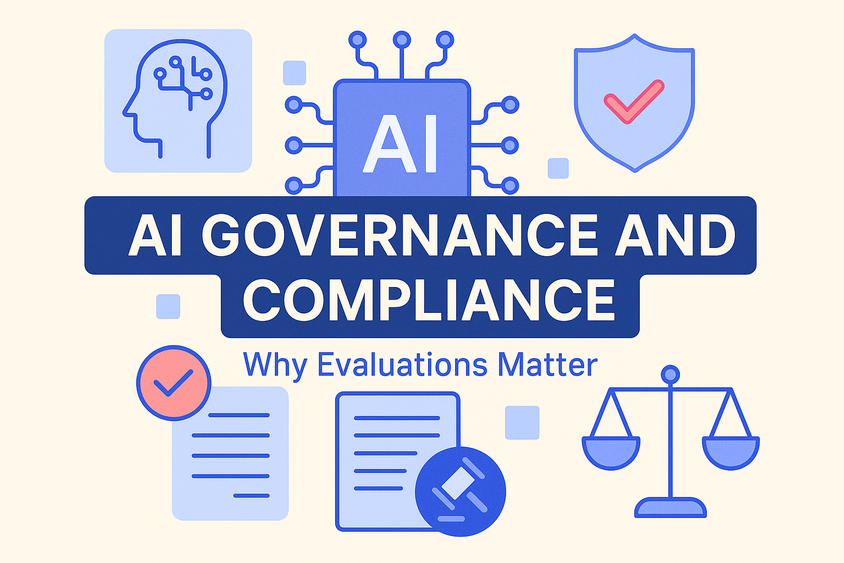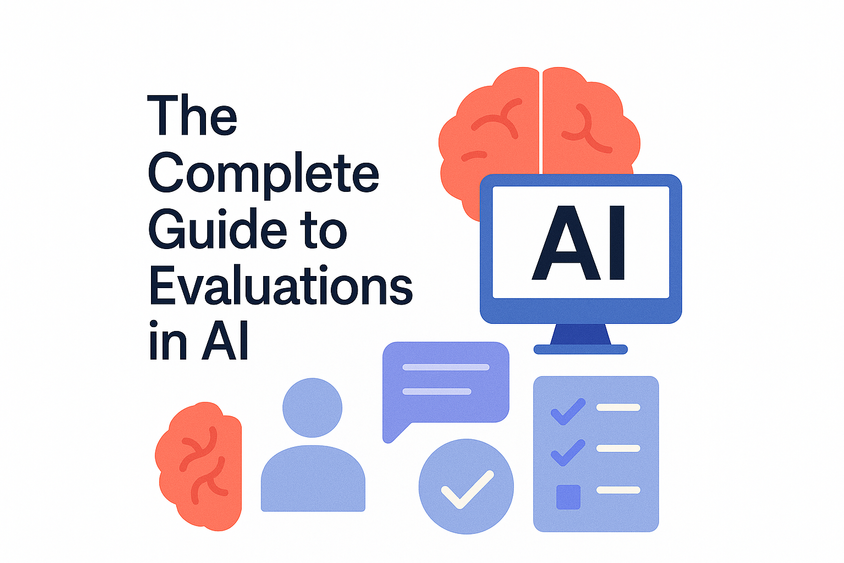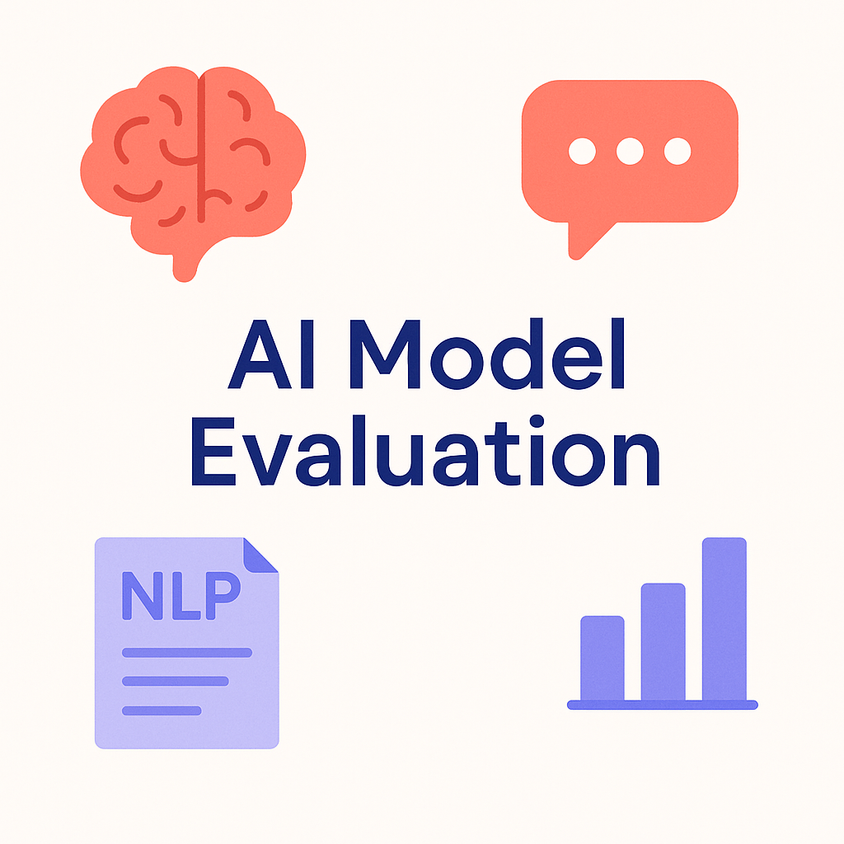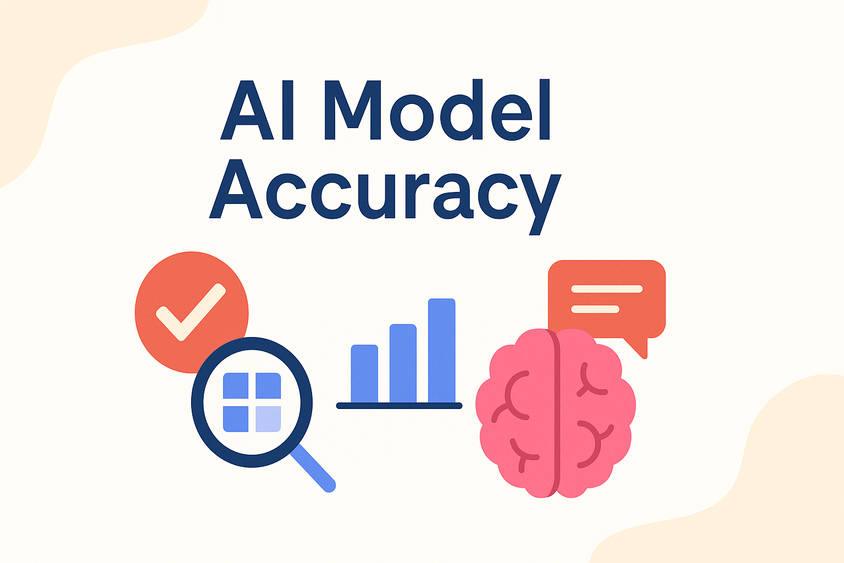How to Monitor AI Performance in Production: A Guide to Continuous Evaluation and Drift Detection
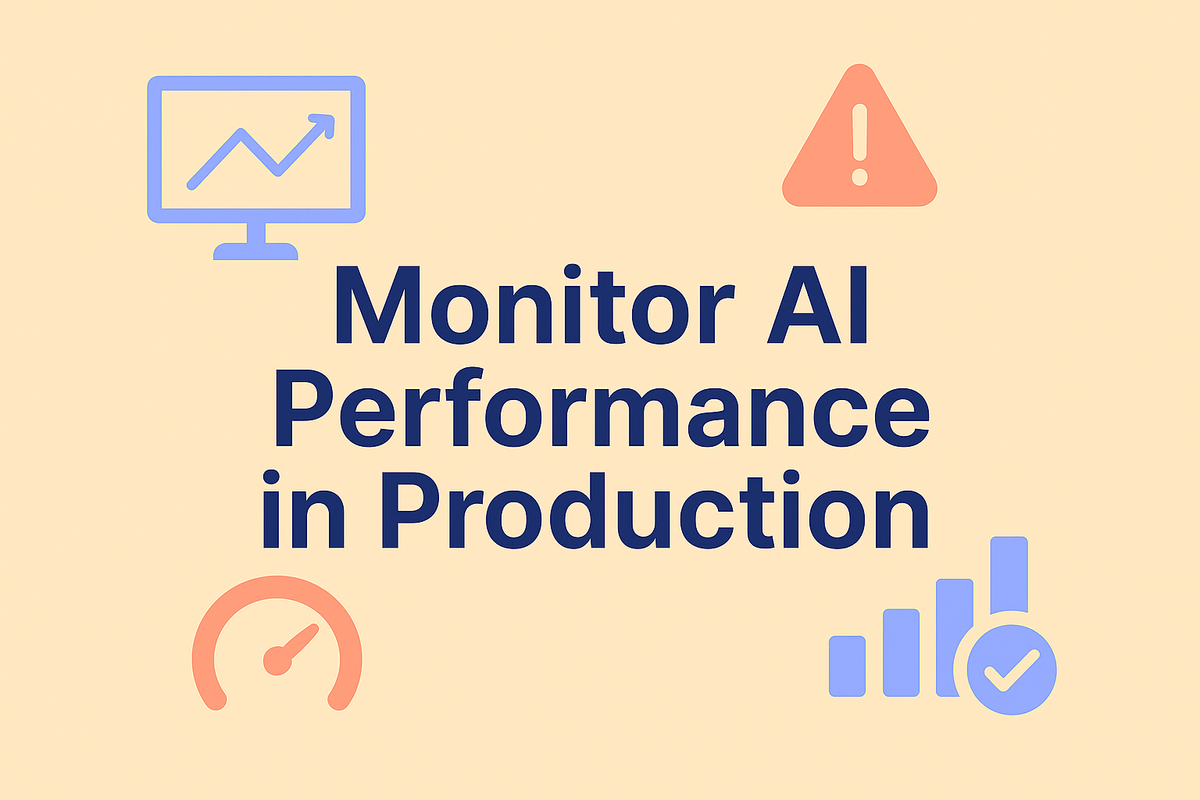
Why AI Performance Monitoring Matters
Deploying a machine learning model isn't the finish line—it's the starting point of a new, unpredictable phase. In production, models interact with real-world data that often looks very different from the curated datasets they were trained on. Over time, the context in which a model operates can shift subtly or dramatically, degrading its ability to produce accurate, meaningful results.
That’s why continuous performance monitoring is essential. It’s not just about catching failures, though that’s important, but about detecting gradual changes, understanding why they’re happening, and deciding when intervention is necessary. Without it, teams risk relying on outputs that no longer reflect reality, which can lead to poor user experiences, compliance issues, or lost business value.
What to Monitor and How
At the core of any monitoring system is a set of well-defined performance metrics. These might include standard measures like accuracy or F1 score, or more domain-specific ones like BLEU for language tasks or mean average precision for object detection. But monitoring isn't just about watching these numbers—it’s about comparing them to meaningful baselines and updating those baselines as your data evolves.
To do this, teams often set up monitoring pipelines that track several indicators at once: how input data is distributed, how confident the model is in its outputs, how well those predictions match human-labeled ground truth, and how often errors occur. All of these offer signals about whether the model is still solving the problem it was designed for—or whether something has shifted.
Understanding Model Drift
One of the most important challenges in AI monitoring is drift detection. Drift comes in two main forms: data drift and concept drift. Data drift refers to changes in the inputs a model sees. For example, a customer support chatbot might encounter different vocabulary or languages as user demographics shift. Concept drift, on the other hand, refers to changes in the relationship between inputs and outputs. A model trained to detect spam might find that spammers adopt new tactics that no longer match its learned patterns.
Detecting drift involves comparing the distributions of new data to historical baselines, using tools like KL divergence or the Population Stability Index. For concept drift, you often need a stream of labeled data to monitor how prediction quality changes over time.
When and How to Intervene
Spotting drift or a drop in performance doesn’t always mean it’s time to retrain your model—but it should prompt a closer look. Many teams set thresholds that trigger alerts when metrics degrade beyond acceptable levels. Others use human-in-the-loop workflows to escalate edge cases or flagged tasks for manual review.
Once you’ve confirmed a genuine issue, the next step might involve retraining the model with newer data, fine-tuning an existing checkpoint, or even rolling back to a previously stable version. The key is to connect monitoring with action, so your models don’t just degrade quietly, they get better over time.
Building a Monitoring Strategy That Lasts
Good monitoring doesn’t come from a single dashboard or tool, it comes from a thoughtful strategy that matches your model’s context and business needs. Start by asking: What does failure look like for this system? What metrics truly reflect success? And how will we know when something’s wrong?
Effective strategies often include shadow deployments, where a new model runs in parallel to the production one; segment-level analysis to ensure models work equally well across different user groups; and regular audits using a trusted benchmark dataset to catch issues that might be invisible in real-time metrics.
AI systems may not be static, but your monitoring framework should be stable, interpretable, and built to evolve.
To go deeper into how evaluation fits into the broader AI lifecycle, including different types of evaluations, metrics, and benchmarking strategies, check out A Guide to Evaluations in AI.
Frequently Asked Questions
Frequently Asked Questions
What is AI performance monitoring?
It’s the process of tracking and evaluating how well a deployed model performs over time, often by measuring key metrics, detecting drift, and determining when retraining or other interventions are needed.
How can I tell if a model has drifted?
Use statistical comparisons between new and historical data (like KL divergence) to detect data drift, and compare predictions to updated ground truth to spot concept drift.
Do I need labeled data to monitor performance?
Ideally, yes. While you can monitor changes in inputs or model confidence without labels, meaningful performance evaluation, especially for detecting concept drift, requires labeled data or a stream of human-reviewed results.
How often should I retrain my models?
There’s no one-size-fits-all answer. Retraining frequency should depend on how fast your data shifts, how critical the model’s role is, and whether performance monitoring indicates degradation.
